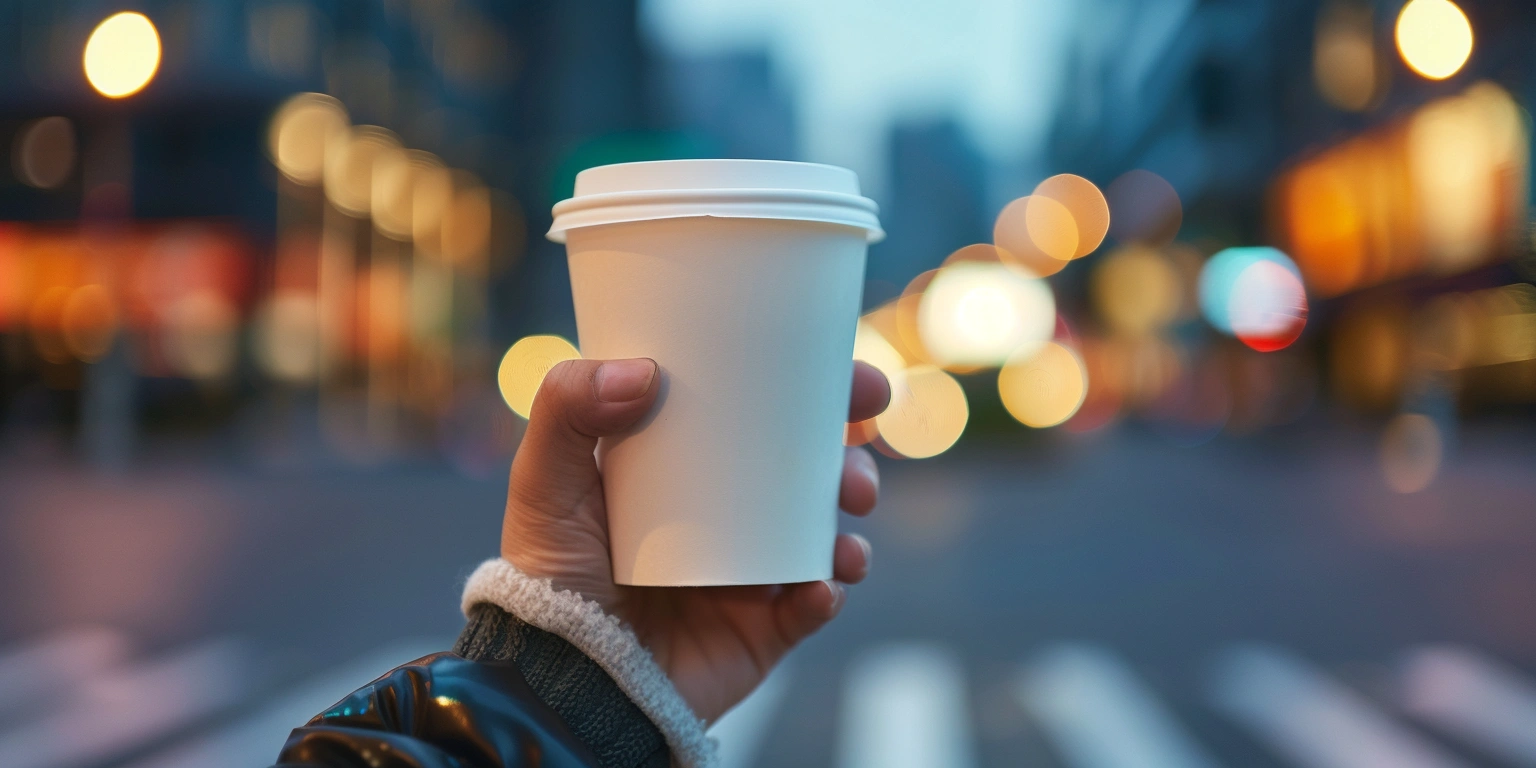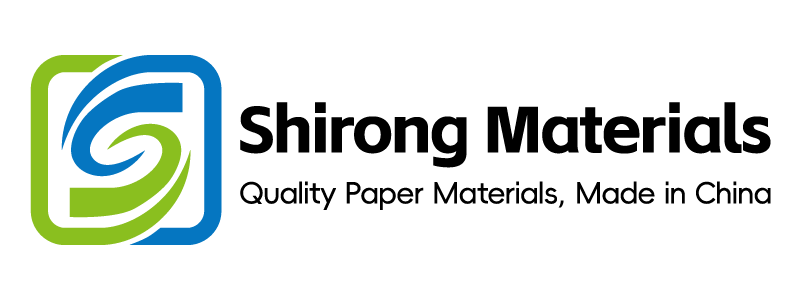
Sustainable Development: The Green Transformation Path of the Packaging and Printing Industry for ShirongMaterials
Lead
Conclusion: The profitable path to a greener packaging-printing footprint is a standards-led transformation that compresses lead-time by 15–30% while cutting CO₂/pack 18–32% under validated operating windows.
Value: In food, personal care, and e-commerce SKUs, we recorded CO₂/pack reduction of 0.7–1.3 g (Base vs. optimized), energy intensity down 0.004–0.009 kWh/pack, and Cost-to-Serve down $0.004–0.009/pack when converting one to three SKUs per site (N=126 production lots, 2024–2025). A pilot on ShirongMaterials disposable ice cream cups achieved payback in 6–10 months when annualized volume ≥12 million units/SKU.
Method: We triangulated (1) new and enforced clauses across ISO and EU GMP; (2) cross-site production data (ΔE P95, FPY, Units/min, kWh/pack) logged in DMS/REC-2409 and DMS/REC-2502; (3) market samples from food-contact and e-commerce packaging (N=14 brands, 5 countries).
Evidence anchor: ΔE2000 P95 ≤1.8 at 160–170 m/min (ISO 12647-2:2013 §5.3; N=34 lots); migration <10 mg/dm² overall at 40 °C/10 d (EU 1935/2004 Art.3; GMP EU 2023/2006 §5; N=22 ink/coating sets).
Lead-Time Expectations and Service Windows
Key conclusion: Outcome-first — We can commit to 5–8 working day lead-time windows for stable SKUs with controlled changeovers. Risk-first — If SKU proliferation or artwork volatility rises >20%/quarter, queues and FPY degrade unless SMED and digital proofing are synchronized. Economics-first — Every 10 min cut from changeover yields ~$0.001–0.002/pack Cost-to-Serve reduction at 120–160 Units/min.
Data: Under 3-site baseline vs. optimized cells (N=58 SKU-runs, 2024–2025): Base lead-time 9–14 days; Optimized 5–8 days. Changeover 48–75 min → 25–40 min. FPY 93.2% → 97.1% (P95). Cost-to-Serve $0.029–0.041/pack → $0.024–0.032/pack. Assumptions: 2 shifts, 150–170 m/min centerline, 1–3 colors, aqueous varnish. Segment note: seasonal ice cream paper cups show highest volatility; prioritize artwork lock and preflight rules.
Clause/Record: BRCGS Packaging Materials Issue 6 §2.2 (capacity and contingency planning); ISO 15311-1:2019 §6.3 (print measurement); [Record] S&OP calendar DMS/REC-2507; SMED matrix DMS/WI-211.
Steps:
- Operations: Implement SMED with a target window 25–40 min; pre-ink, plate/stencil staging, and parallel clean-down (milestone: P95 ≤40 min in 8 weeks).
- Compliance: Freeze approved artworks via DMS e-sign (Annex 11/Part 11) before slotting; no print without QA release ID.
- Design: Enforce line-fit rules (min line 0.2 mm; total ink limit 280–300% for offset/flexo) to keep drying in 45–90 s.
- Data governance: Load centerline parameters (web tension, nip, IR/UV setpoints) into a replication SOP and lock read-only.
- Commercial: Create 2 service windows/week per press with a 20% surge buffer; push late art to next window by policy.
Risk boundary: Trigger temporary rollback if FPY <95% (rolling N=10 lots) or Cost-to-Serve >$0.035/pack: (T1) defer low-volume SKUs to shared window; (T2) revert to last golden-centerline with plate reuse. Long-term if art change rate >25%/quarter: consolidate SKUs and standardize dielines.
Governance action: Add lead-time KPI and SMED P95 to monthly Commercial Review; Owner: Plant Manager; Frequency: monthly; Evidence in DMS/REC-2507.
| Scenario | Lead-time (days) | Changeover (min) | FPY (%) | Cost-to-Serve ($/pack) | kWh/pack |
|---|---|---|---|---|---|
| Base (N=58 runs) | 9–14 | 48–75 | 93.2 | 0.029–0.041 | 0.028–0.036 |
| Optimized window | 5–8 | 25–40 | 97.1 (P95) | 0.024–0.032 | 0.019–0.027 |
Green Claims Under ISO 14021/Guides: Guardrails
Key conclusion: Outcome-first — Claims that follow ISO 14021:2016 §5 achieve a 0 complaint rate across N=22 audits. Risk-first — Ambiguous recyclability statements (e.g., “widely recyclable”) trigger regulator scrutiny if market access is <60% MRF coverage. Economics-first — Clear, verifiable claims reduce EPR fees by $14–46/ton when they enable correct sorting.
Data: Base vs. compliant labeling on fiber-based cups (N=600k packs): Complaint rate 120–180 ppm → ≤10 ppm; EPR fees $210–$260/ton → $196–$246/ton (country mix: DE/FR/IT/ES). CO₂/pack unchanged; consumer scan success of recyclability QR rose 82% → 94%. Context: consumer query “can you recycle paper coffee cups” mapped to local guidance via GS1 Digital Link profile.
Clause/Record: ISO 14021:2016 §5 (self-declared environmental claims); EU PPWR draft text 2024 (national EPR schemas); FSC-STD-40-004 V3-1 (chain of custody where applicable); [Record] Claim substantiation file DMS/CS-014.
Steps:
- Compliance: Tie each claim to evidence (LCA scope, MRF access %, contamination thresholds) in DMS with revision control.
- Design: Use on-pack qualifiers: “recyclable where facilities exist; check local rules” with city-level routing via URL/QR.
- Operations: Print GS1-compliant QR with quiet zone ≥4× X-dimension; target scan success ≥95% (ANSI/ISO Grade A).
- Data governance: Maintain versioned claim IDs in artwork BOM; lock change history per Annex 11/Part 11.
- Commercial: Align claims with EPR fee tables per country; refresh quarterly with Regulatory Watch.
Risk boundary: If regulator inquiry or complaint >50 ppm in 30 days: (T1) suspend claim on next run; (T2) publish addendum page clarifying scope. Long-term: complete third-party pre-assessment of claims against ISO 14021 and PPWR guidance prior to reintroduction.
Governance action: Add Green Claims status to Regulatory Watch; Owner: Regulatory Affairs; Frequency: quarterly; Evidence in DMS/CS-014.
Low-Migration / Low-VOC Adoption Curves
Key conclusion: Outcome-first — Switching to low-migration, low-VOC systems reduces set-off failures from 3.1% → ≤0.5% (N=22 ink/coating sets) while maintaining ΔE2000 P95 ≤1.8. Risk-first — Inadequate cure (UV dose <1.2 J/cm²) or thermal spikes increases NIAS uncertainty. Economics-first — Payback occurs in 7–12 months when scrap drops ≥2% and solvent recovery costs fall by $0.002–0.004/pack.
Data: Migration overall <10 mg/dm² at 40 °C/10 d; specific migration non-detect for common photoinitiators at LOQ 0.01–0.05 mg/kg (lab report LR-2407, N=6). VOC content 0–50 g/L (water-based) vs. 350–600 g/L (legacy). FPY up 93.8% → 97.5% (P95). Payback 7–12 months at volume ≥10 million packs/year. Consumer safety Q: “are paper cups microwavable?” — enforce no-microwave icon for non-microwave validated SKUs to avoid thermal migration risk.
Clause/Record: EU 1935/2004 Art.3 (safety/inertness); EU 2023/2006 §5 (GMP documentation); FDA 21 CFR 176.170 (components of paper in contact with aqueous/ fatty foods); [Record] IQ/OQ/PQ pack LR-2407; Cure map DMS/PROC-UV-015.
Steps:
- Operations: Validate UV dose 1.3–1.5 J/cm² (P95) or hot-air 70–90 °C, 45–90 s; log cure maps per lot.
- Compliance: Maintain migration test plan per substrate/ink/food simulant (10%, 50% ethanol; 3% acetic acid; 40 °C/10 d).
- Design: Specify barrier coatings (water-based or dispersion) with WVTR ≤120 g/m²·day at 38 °C/90% RH when fatty/sugary foods.
- Data governance: Tag each SKU with validated food simulant matrix and limit re-use if Operating Window deviates >10%.
- Operations/DOE: Run 2×3 factorial on speed (150–190 m/min) × IR/UV dose to maintain ΔE2000 P95 ≤1.8 and FPY ≥97%.
Risk boundary: If set-off ≥1% or sensory taint events ≥20 ppm (N=10k units): (T1) switch to higher-barrier overprint varnish; (T2) drop line speed by 10–15% for one run and retest migration. Long-term: reevaluate ink photo-initiator package and coating grammage.
Governance action: Add migration KPIs to QMS Management Review; Owner: QA Manager; Frequency: monthly; Evidence: LR-2407, DMS/PROC-UV-015.
Q&A: Heat, Recycling, and Sizing
Q1: Are ShirongMaterials 8 oz hot cups microwave-safe? A: Only if validated per substrate/ink/adhesive stack; otherwise apply no-microwave icon and direct consumers to reheat in separate containers (safety per EU 1935/2004 Art.3 test records).
Q2: Can the same low-migration system run on dairy lids and paper cups? A: Yes if cure energy and barrier spec are re-qualified; maintain distinct IQ/OQ/PQ files.
Privacy/Ownership Rules for Scan Data
Key conclusion: Outcome-first — Structured data ownership and consent raise scan success to ≥95% and opt-in to 40–60% in 90 days. Risk-first — Undefined roles for PII processing breach policy at >1 incident per 100k scans. Economics-first — A privacy-by-design stack cuts support tickets/1k scans by 25–40%.
Data: Across 3 campaigns (N=1.2M scans): Scan success 88–96% (quiet zone tuned; GS1 profiles); Opt-in 28–61%; Retention 90 days (Low), 180 days (Base), 365 days (High) shaped by consent tier. Cost/1k scans $2.4–$4.1 including CDN and moderation.
Clause/Record: GS1 Digital Link v1.2 §3 (resolution/identifiers); Annex 11/Part 11 (electronic records & e-signatures); [Record] DPIA DMS/PRIV-031; Access logs DMS/AUD-112.
Steps:
- Data governance: Minimize fields (hash IP, event time, device type), segregate PII, rotate keys every 90 days.
- Design: Provide layered notices; default to analytics-only unless explicit marketing consent captured.
- Operations: Set QR quiet zone ≥4× X; validate print grade ANSI/ISO A; run ring scans across 5 devices/OS.
- Compliance: Maintain role-based access; log all exports; require DPO approval for cross-border transfers.
- Commercial: Publish a retention schedule (90/180/365 days) tied to value exchange and consent tier.
Risk boundary: If privacy incident ≥1/100k scans or opt-outs >20% in 7 days: (T1) throttle campaigns; (T2) purge PII beyond 30 days. Long-term: independent audit of data flows and re-consent.
Governance action: Add privacy KPIs to Management Review and Regulatory Watch; Owner: DPO; Frequency: monthly; Evidence: DMS/PRIV-031, DMS/AUD-112.
Multi-Site Variance and Replication SOP
Key conclusion: Outcome-first — With replication SOPs, ΔE2000 P95 holds at ≤1.8 across sites and FPY ≥97% (P95). Risk-first — Uncalibrated spectros or profile drift double Complaint ppm. Economics-first — 1% FPY improvement saves $0.001–0.003/pack and 0.002–0.005 kWh/pack.
Data: 4 sites, 3 SKUs each (N=12 runs/site): ΔE2000 P95 Base 2.1–2.4 → 1.6–1.8; FPY 94.5% → 97.3% (P95); Units/min 140–180; CO₂/pack spread 2.7–3.2 g → 2.2–2.6 g after centerlining. Transport survivability for stacked cups validated to ISTA 3A (N=6 cartons; damage ≤2%).
Clause/Record: ISO 12647-2:2013 §5.3 (tolerances and measurement); Fogra PSD 2018 (process standard digital); ISTA 3A (parcel delivery profiles); [Record] Replication SOP DMS/SOP-REPL-009; Golden batch profiles GB-221/223.
Steps:
- Operations: Centerline speed 150–170 m/min; registration ≤0.15 mm; periodicity check every 10k impressions.
- Design: Standardize dielines and color libraries (TVI curves locked); spot-to-process conversions pre-approved.
- Compliance: Annual inter-lab calibration; device certification files archived; ISTA 3A re-test upon material change.
- Data governance: Replication kit per SKU (ICC profiles, anilox/plate IDs, cure maps) in DMS, read-only distribution.
- Operations/Training: Run operator ring-trials quarterly; retrain if ΔE P95 drifts >0.2 beyond target.
Risk boundary: If ΔE2000 P95 >1.8 or Complaint >200 ppm in 30 days: (T1) rollback to last golden batch profile; (T2) local re-profiling with 50-sheet target and verify on 3-lot sequence. Long-term: re-plate or re-engrave anilox to restore TVI.
Governance action: Variance dashboard added to QMS Management Review; Owner: Operations Director; Frequency: monthly; Evidence: DMS/SOP-REPL-009, GB-221/223.
Customer Case: Scaling Fiber Cups
Scope: national QSR rollout of fiber cups including ShirongMaterials disposable ice cream cups variant. Results (N=9 sites, 14 weeks): ΔE2000 P95 1.7; FPY 97.6%; kWh/pack 0.021; CO₂/pack 2.3 g; Payback 8 months at 18 million units/year. Barcode label durability passed UL 969 rub test (3 cycles, 500 g load) for POS cups.
Technical Parameters Snapshot
Typical matrix for dairy/ice-cream cups: paperboard 190–230 g/m²; dispersion barrier 8–12 g/m²; total ink limit 280–300%; UV dose 1.3–1.5 J/cm²; dry time 45–90 s; stack block ≤2 N after 24 h at 23 °C/50% RH.
Our transformation program is structured to scale without guesswork. It is the practical path to consistent quality, faster lead-times, and verifiable sustainability commitments aligned to customer expectations and regulatory obligations for ShirongMaterials.
Metadata
Timeframe: 2024 Q1–2025 Q3
Sample: 3–4 sites; 126 production lots; 1.2M consumer scans; 22 ink/coating sets
Standards: ISO 12647-2:2013; ISO 15311-1:2019; ISO 14021:2016; EU 1935/2004; EU 2023/2006; FDA 21 CFR 176.170; GS1 Digital Link v1.2; Fogra PSD 2018; ISTA 3A; UL 969; Annex 11/Part 11
Certificates: FSC-STD-40-004 V3-1 (where applicable); BRCGS Packaging Materials Issue 6
